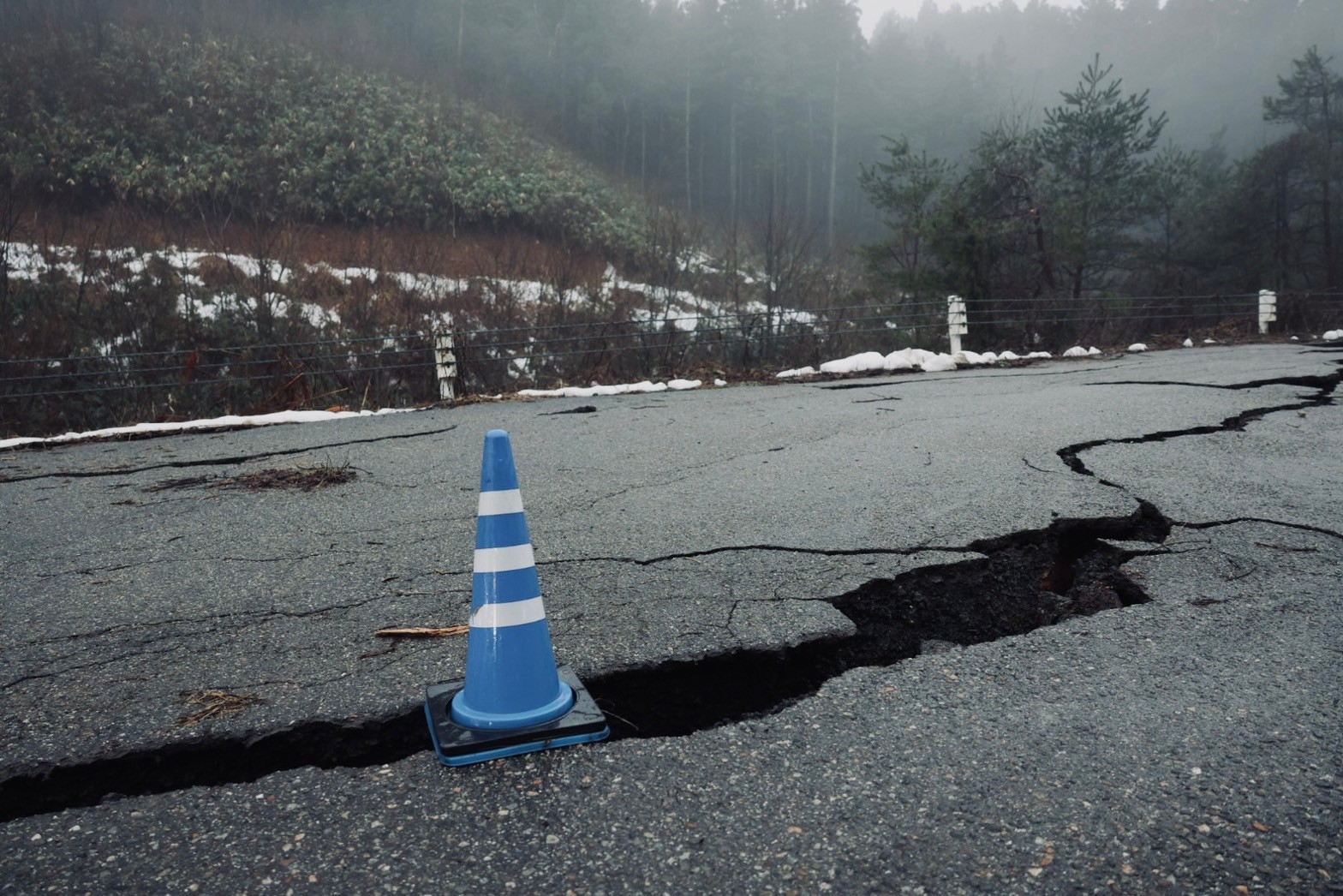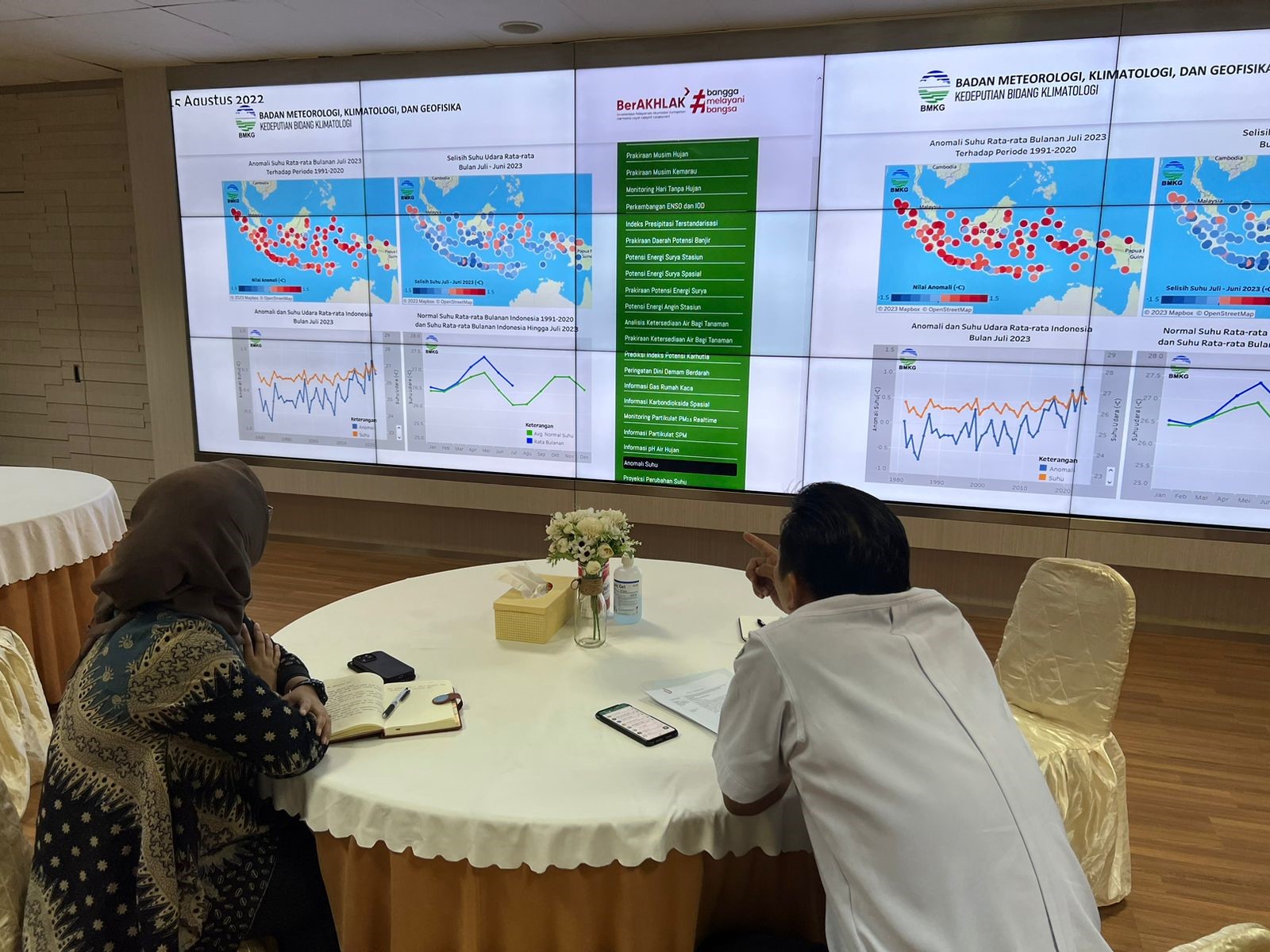Future of Urban for Red Cross Red Crescent
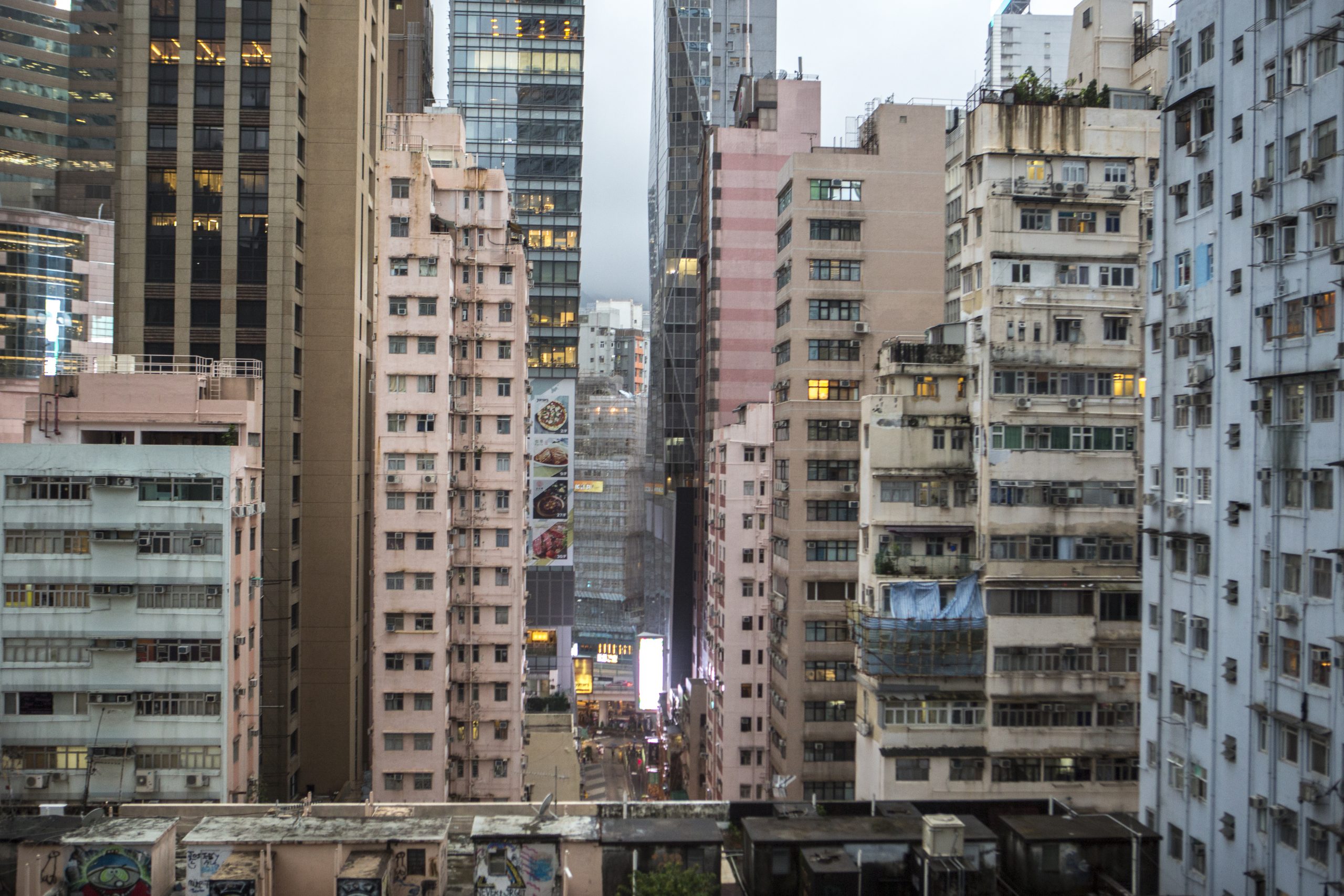
THIS THOUGHT PIECE IS ORIGINALLY WRITTEN FOR IFRC SOLFERINO ACADEMY
Authors: Aynur Kadihasanoglu (lead author), Julie Arrighi and Ian O’Donnell
For most of humanity, the future involves living in cities. According to UN in the coming decades 1.4 million people will be added to urban areas each week. Meanwhile, urban land area could triple globally from 2000 to 2030. Cities are also engines of national and global growth, accounting for 80 percent of global economic output. At the same time cities account for around 70 percent of global energy demand and greenhouse gas emissions. The future of urban is intrinsically linked to what is happening in all aspects of human life. Demographic trends are leading to increased single person households and new technologies are changing the way people live, work and socially connect. Some of these trends will shape the urban scape more than others and naturally will have significant implications for the society in general and the work of the Red Cross Red Crescent.
Future #1: Urban services will be modularised moving towards self organized or distributed rather than being city-wide, centrally managed solutions:
Services are becoming increasingly modularised or distributed rather than being city-wide, centrally managed solutions. This is a result of innovations in technology as well as new organizational models at the local level that facilitate the self-organisation and management of such “microservices”. Like the way that mobile phone networks provide an opportunity for consumers to “leapfrog” the development of wired infrastructure, microservices are providing an opportunity for individuals and neighborhoods to develop services that are not reliant on the presence of larger infrastructure.
Microgrids provide an effective way for communities to invest in solar energy, micro-hydropower, and other new technologies for electrical power generation and sharing. While off-grid household installations for these technologies are becoming increasingly popular, microgrids provide some of the same benefits as larger grid infrastructure such as smoothing spikes in supply and demand and reducing the need for individual investments in power storage. In many locations, microgrids offer a way to provide electrical service to neighborhoods that otherwise would have to wait years for large-scale infrastructure to reach them, thus reaping positive opportunity costs from faster, localized investment.
Waste collection and storm water collection are also benefiting from microservice innovations. In Gorakhpur, India the Gorakhpur Environmental Action Group worked with community members to develop neighborhood level solution for water drainage that reduced risks of water logging in their neighborhood and increased local demand for municipal level services for drainage and waste water treatment. This type of project builds on the heritage of the Oranggi Pilot Project in India in the 1980s, which pioneered localized solutions for drainage and demand-creation for links to larger scale municipal services. Shared mobility innovations may also offer new opportunities for volunteering, such as the Volunteers on Wheels programme led by the Chinese Red Cross and Malaysian Red Crescent Society. Such modularized services may grow in size and scope through incentive structures, such as blockchain, that can track participation in a public good and provide recognition and benefits to those who give net services.
As micro services and mobility options become cheaper and more plentiful, what new possibilities will this introduce for RCRC National Societies’ outreach and local service delivery?
Future #2: Cities will become regional and global actors in their own right, either alone or in shaping alliances with other cities.
Globalization and the international human rights regime have contributed to the creation of operational and legal openings for non-state actors to enter international arenas that were once the exclusive domain of national states. This has allowed cities to emerge as regional and global actors in their own right, either alone or in shaping alliances with other cities. For instance, cities played a leading role in the negotiation of the Paris Agreement and are now accelerating its implementation beyond commitments made by national governments.. Some cities in United States such as New York, for example, are divesting from fossil fuels, making them, along with the multinational corporations, key actors in preventing catastrophic climate change. C40 a network of mega-cities that are committed to address climate change and the Global Parliament of Mayors (GPM) are also examples of cities meeting and negotiating with each other. GPM has also initiated discussions on city-lead citizenship documents as a way to help address migration crisis and needs. Similarly UCLG and ICLEI as the prominent local government networks are making strides towards climate ready cities.
Most of the urban growth in the next fifteen years will take place in southern cities with almost 90% of this growth happening in Asia and Africa. With city governments taking initiative, this creates a formidable opportunity for humanitarians to be a key actor in creating inclusive and resilient cities of the future in places where the adverse impacts of disasters, climate change and growing conflicts are felt most acutely.
With the increasing role of cities, how can RCRC National Societies position themselves as a key urban actor? How can they build on their auxiliary role to work with local governments to promote increased investment in reducing the exposure of the most vulnerable urban populations to disaster and climate change risks?
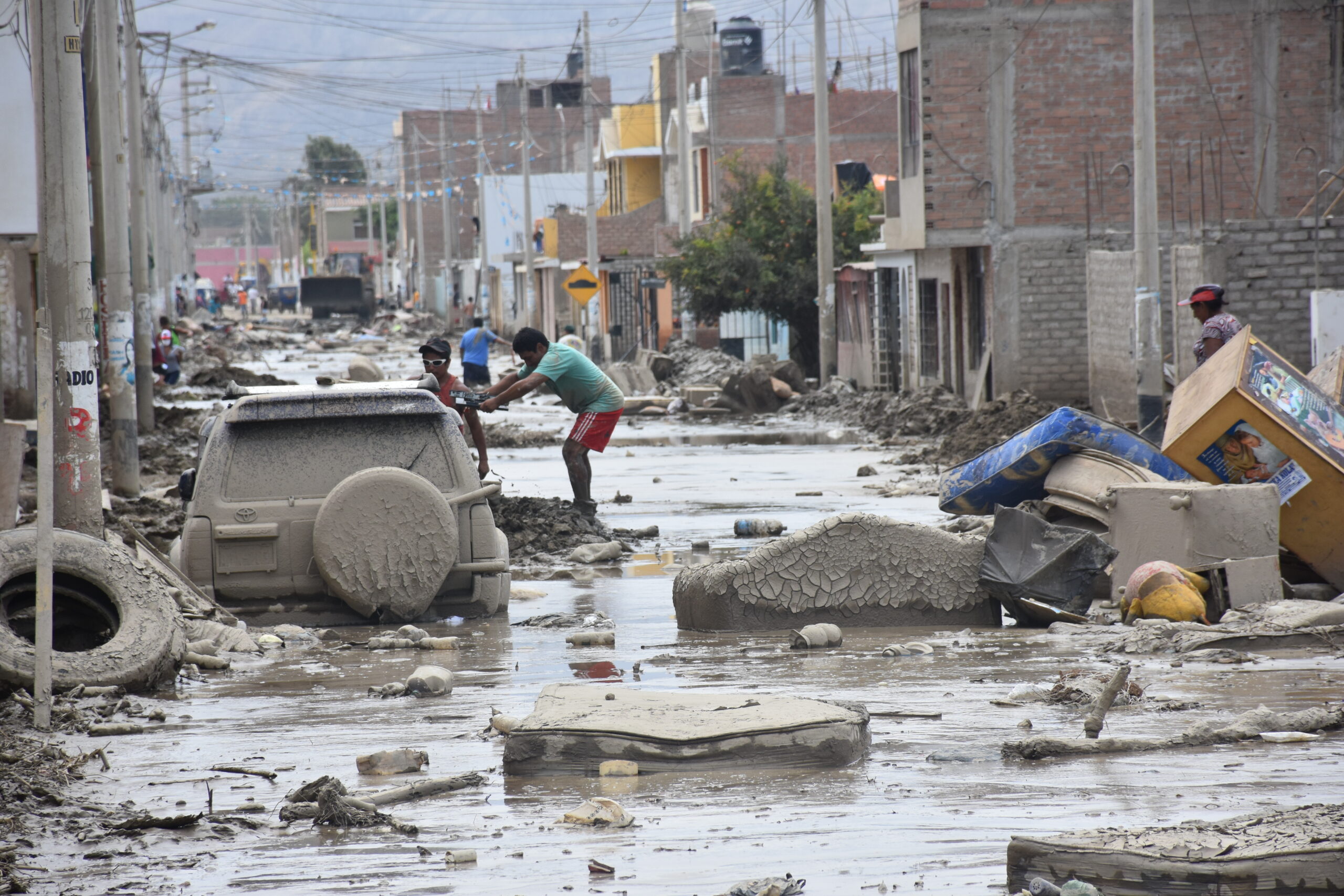
Future #3: Management of risk in layers will become more feasible as new types of insurance schemes emerge, which are designed for the localized risks and resources of cities
Risk reduction solutions are often seen as complete solutions rather than as part of a portfolio or bundle of solutions that help cities and communities reduce specific layers of risk, each in concert with other solutions. The concept of layers of risk has been used effectively within the insurance and finance sectors to manage the complementarity between risk reduction solutions. The World Bank, for instance has led efforts to use innovative financial structures to help national governments manage their fiscal exposure to disaster events through the use of a range of financing tools.
This concept is also relevant for the wider humanitarian and development communities, particularly in addressing risks within complex systems, such as cities, where interdependencies in urban systems may negate the value of stand-alone solutions. By identifying specific layers within the overall spectrum of risks facing a city, decision-makers can plot and connect relevant solutions and make informed decisions about the risks they can reduce, the risk they can transfer or share (e.g. through insurance), and the risks that they are willing to bear.
Planning using risk layers also provides a mechanism for balancing short-term and long-term investments in risk reduction. In this context insurance takes on an added value as a mechanism for hedging short-term risks while the benefit streams from longer-term investments in risk reduction take effect. New insurance and finance tools also offer increased opportunities for “blended finance” for risk reduction and resilience measures. Already development bonds and special development districts provide opportunities for linking municipal, institutional, and individual investment that can be used to “buy down” risk in vulnerable communities. The Nature Conservancy and other groups are exploring the use of resilience bonds to protect local natural resources such as coastal reefs. New technologies like blockchain and “micropayments” may further lower the barriers to entry for organising and applying such tools, enabling communities members to increase their influence through crowd-sourced co-investment.
How can we better combine solutions through a layered approach to help communities manage and address the complexity of risks they face?
Future #4: The numbers and influence of diaspora in cities will continue to grow, significantly affecting both destination and origin countries.
With globalization, many of the world’s major cities are economic power houses that attract people from all over the world. There are now 258 million people living in a country other than the one they were born in and some analysts predict that there could be 405 million international migrants by 2050. Since 2000, the number of international migrants in Africa has increased by 67 per cent. While immigrant and diaspora communities are not necessarily urban in their orientation or genesis, they tend to converge in cities. This is not a completely new feature in the history of urbanization but what is emerging that is different today is the coexistence of multiple networks and the intensity, complexity, and global span of these networks.
Another emerging trend is that immigrants are moving from one developing country to another. A recent World Urban Forum report indicates that China is a destination country for immigrants from Nigeria and is also the country of origin for emigrants to the Middle East. The level of internal migration in these countries is also increasing, causing the rapid expansion of cities. Climate change will likely exacerbate this trend. In addition, migrants are moving to smaller metropolitan areas, which are becoming new destinations.
This opens up many opportunities to engage with immigrants to the cities in increasing their already significant role in development and humanitarian fields. A feature of diaspora communities is their strong ties with their homeland. Diaspora communities invest in local economies and are instrumental in spreading new ideas and knowledge in their home countries. More and more we see diaspora communities in many parts of the world forming hometown associations particularly concerned with socio-economic development in their communities of origin such as the Illinois Federation of Michoacan Clubs in the United States. They implement projects including construction and repair of bridges, roads, schools, and churches, as well as water systems and recreational facilities in their communities of origin.
They are often the first responders, along with the local population. They send home billions of dollars in remittances every year with global total reaching $582 billion in 2015. These remittances spike following natural disasters in the migrants’ home countries, and they have a significant impact on disaster response and recovery. The growing importance of diaspora communities necessitates a more inclusive approach from development and humanitarian actors.
Diaspora communities are more likely to experience a wider range of disasters-many of which they perhaps would not encounter in their current countries. In that sense the National Societies should tailor their disaster preparedness and messaging activities to the needs of the diaspora communities. As an example, during Hurricane Harvey response, American Red Cross created a Latino Engagement Team (LET) that trained over 300 bilingual responders to effectively serve Latino immigrant populations in metropolitan Houston.
Diaspora communities already play an essential role in livelihoods and economic development. How can RCRC National Societies work together with diaspora communities to help them be engines of resilience as well?
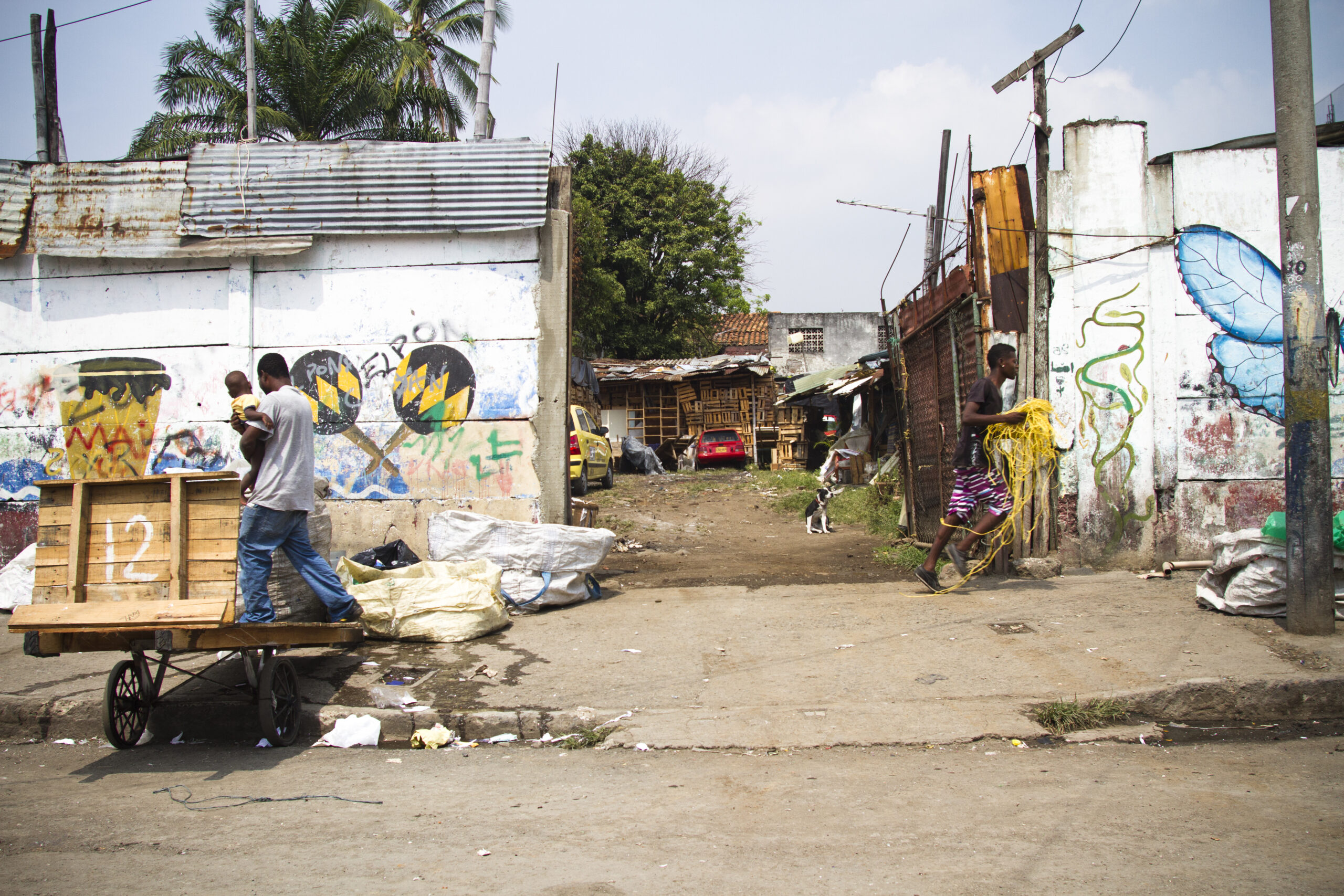
Future #5: Africa will primarily be an urban continent contrary to the prevalent perceptions
Of the 2.2 billion people that are likely to be added to urban areas globally in the next coming decades, 1.3 billion will be in Africa. This rapid growth can lead to increased economic opportunity, and increased access to critical services like healthcare, water and sanitation. However, if not managed well, this rapid growth can instead lead to increased inequality, proliferation of slums and informal settlements, and high disease burdens from poor water and sanitation services, air pollution and non-communicable diseases. Due to limited resources available to meet the projected urban growth trends, the World Bank currently estimates that the number of people living in informal settlements in Africa grows at a rate of roughly 4.5million people per year.
In Africa, the widespread informal economy as the engine of urban economy will continue to grow as in most of the cities of low- and middle-income countries. The IMF estimates that between 2010 and 2014 the informal economy contributed 38% of the GDP for sub-saharan Africa. Much of the non-agriculture informal economy is in urban areas. For example, in Benin, slum dwellers comprise 75 percent of informal sector workers, while in Burkina Faso, the Central African Republic, Chad and Ethiopia, they make up 90 per cent of the informal labour force. With the increasing prevalence of mobile technologies allowing buyers and sellers of any goods and services connect with each other and transfer payments, these informal vendors and service providers are also becoming part of a formal system.
Contrary to trends in other regions, Africa’s urban population will also be predominately young. The IMF predicts that by 2035 the number of sub-saharan African’s joining the workforce will be greater than the rest of the world combined. This trend is already being seen today where according to the UN 41% of today’s African population is under 15 years old and another 19 % is between the ages of 15 and 24.
As a young, urbanized and vibrant continent, Africa’s future will provide immense opportunity for transformative poverty reduction and increased economic opportunity if managed well. National Societies and other development partners will need to work with local governments in towns, cities and peri-urban areas to ensure that urban growth is achieved in an inclusive and resilient way in order to minimize future risk. Coalition approaches will also be critical to achieving work in urban areas and have been instrumental in many of the urban programs that have already taken place around the continent.
How can RCRC National Societies adapt their services to the emerging risks that urban communities face – such as urban food insecurity, especially in Africa? How can peer learning accelerate capacity development to match the increasing risk and amazing capacity of a young urban Africa?
Future #6: Urban climate risks will continue to evolve and present significant challenges to effective risk decision-making in cities
Climate change and urbanization are two of the most transformative trends of this century. Taken in combination, adapting to climate related impacts in urban areas will be paramount in the Movement’s efforts to increase community resilience. It is estimated that 75% of the global population may be exposed to deadly heat shocks by the end of the century. Already today, early warning systems that incorporate heat could reduce risks and discomforts of five billion people. Although heatwaves are one of the most deadly hazards, and are projected to rise dramatically due to climate change, there is a large gap in planning and action to reduce the deadly effects of heat extremes. This is especially true in cities where temperatures are hotter than rural areas due to the urban heat island effect and current cultural practices to reduce heat stress, such as sleeping outdoors at night, will no longer be effective. Recent migrants to cities will also be less acclimated to heat making them even more susceptible to heat stress. As the world continues to urbanize and as climate change continues to increase the frequency and intensity of heat extremes, it is critical for the Red Cross Red Crescent to take a leadership role in ensuring that heatwaves in cities are planned for and responded to, while also advocating for longer-term urban planning to reduce future risks.
As the effects of climate change continue to be felt, and storm surge reaches further into historically ‘safe’ areas, we will begin to witness increasing debate, and decision making, regarding the cost benefit ratio of protecting coastal cities from sea level rise verses managed retreat from coastal areas through proactive planning or forward looking recovery after disasters. It will be important for the Movement to be a neutral party in this debate and to consider in its own recovery strategies how to build back better using the best available information on changing climate related risks. This may include difficult discussions and decisions when preferences to rebuild in certain locations do not align with known changes in risk.
Cape Town’s recent water shortage scare is a timely example of urban water scarcity that we are likely to face in the future. The Urban Climate Change Research Network projects that similar drought-driven water shortages will become more common in the future with at least 500 cities, with a total population of over 650 million people, that are likely to face reduced water resources by 2050.
How can the RCRC family take a leadership role, working in coalition with local to global partners, in preventing the impacts of forecastable and climate-related disasters in cities?


